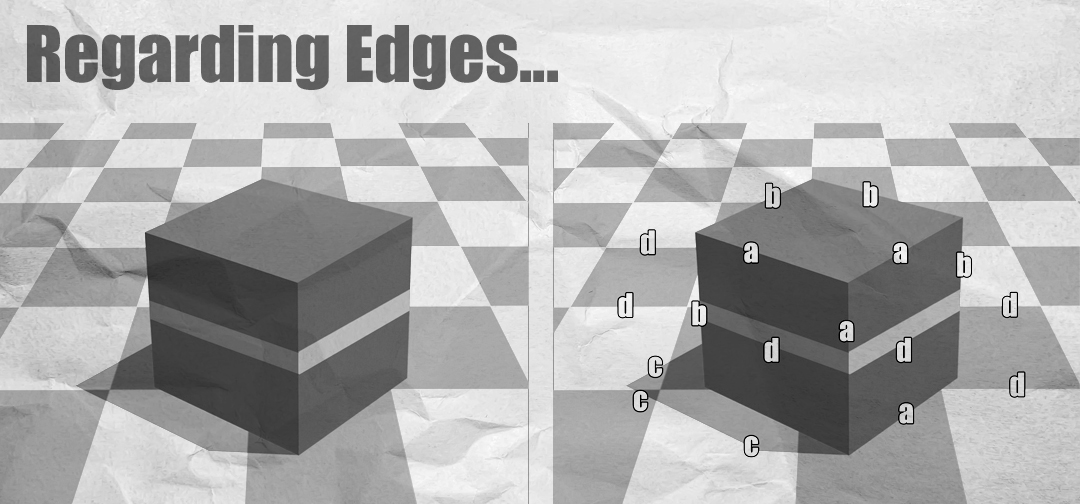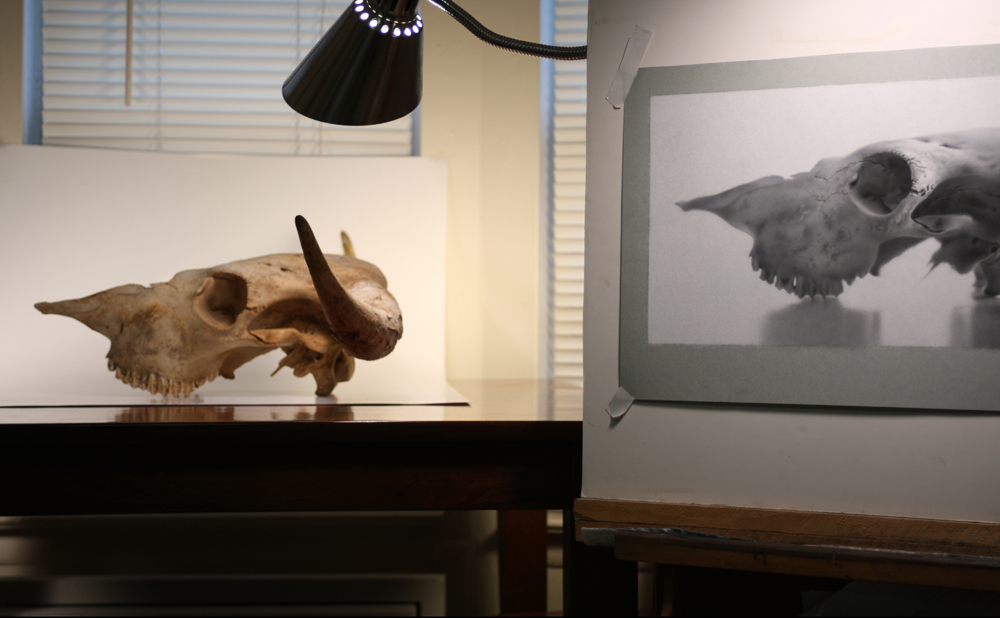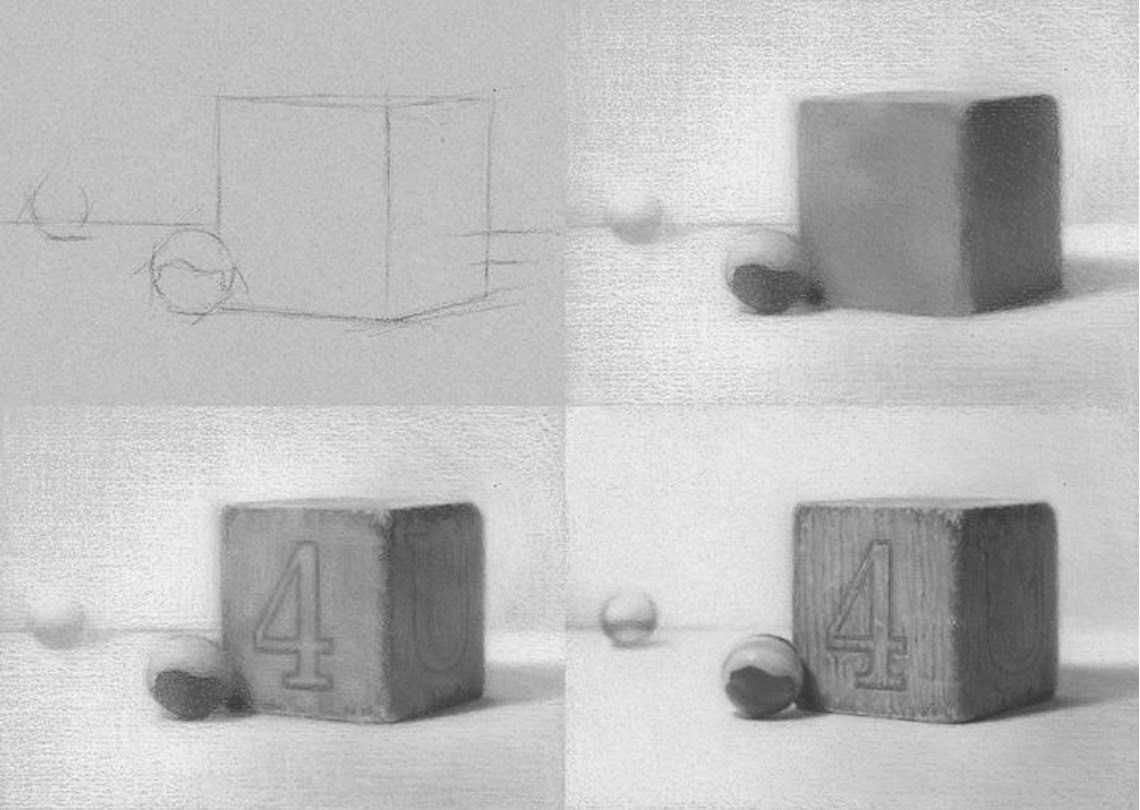This feature is intended to offer clear insight into a particular aspect of my own process. It is not intended as an argument for the superiority of any one artistic device. Reilly’s palette “consisted of nine equidistant values of neutral gray mixed at the top of a glass palette. Below that row were 9 equidistant… Continue reading
No strings attached…










